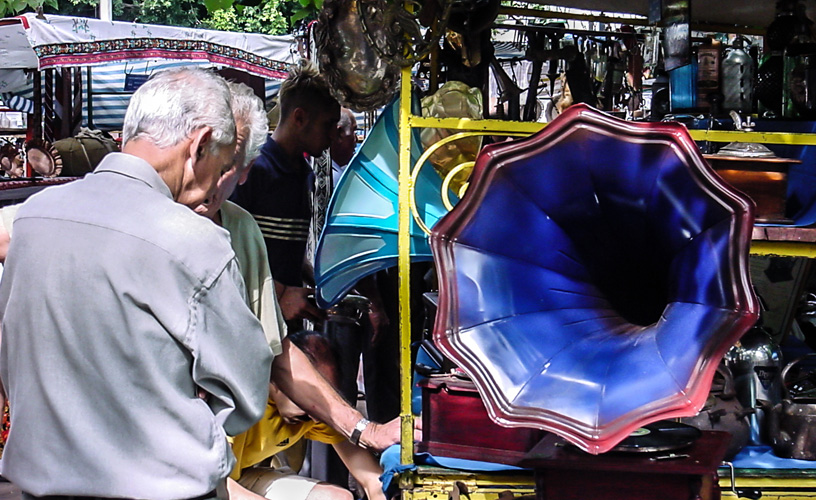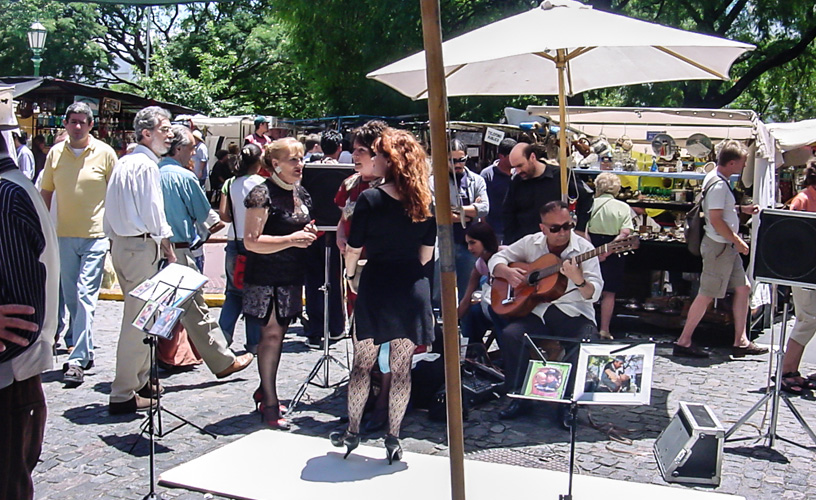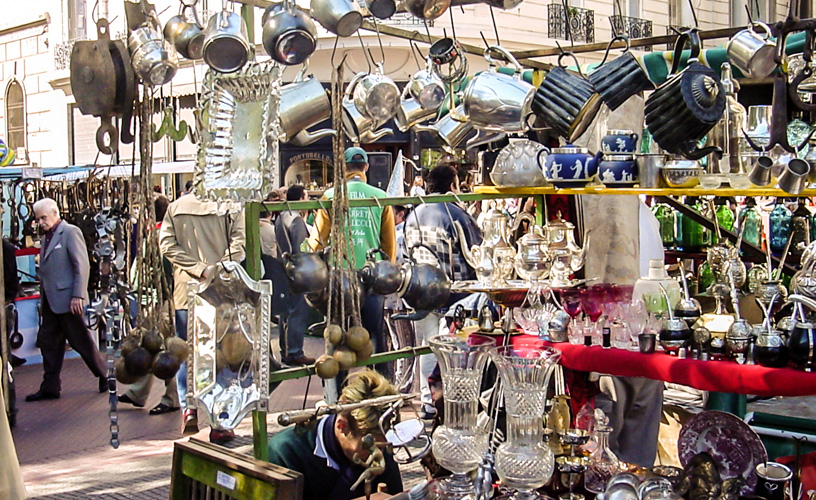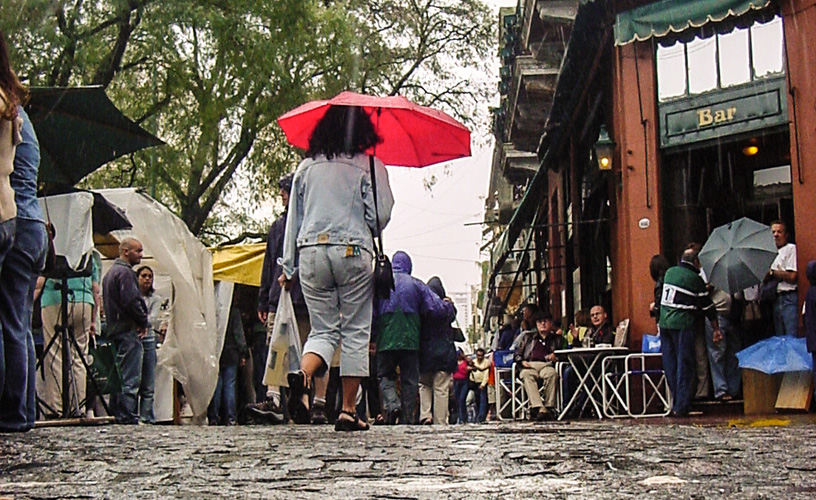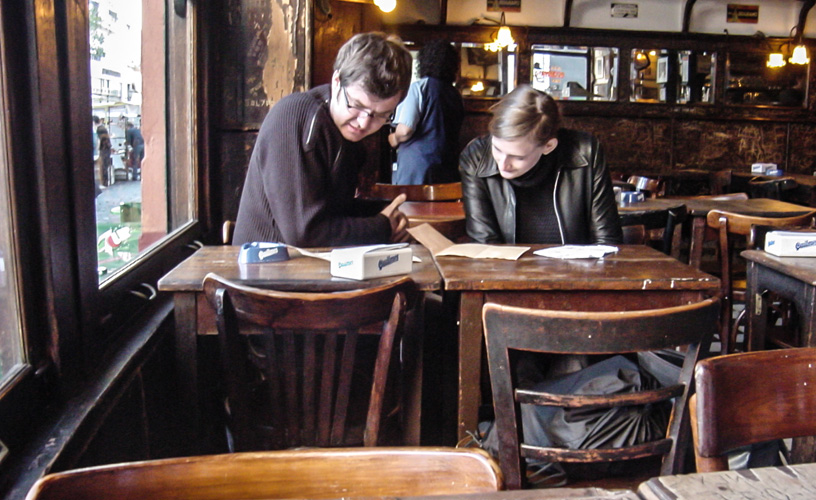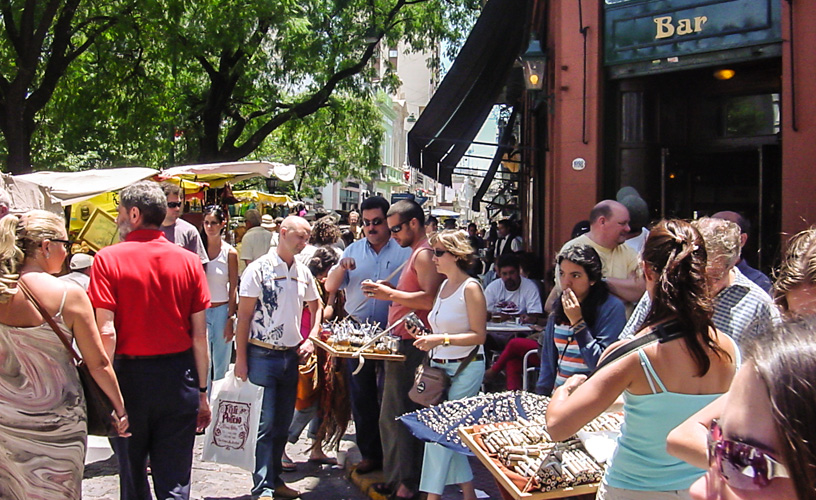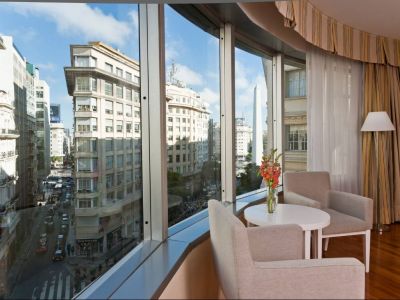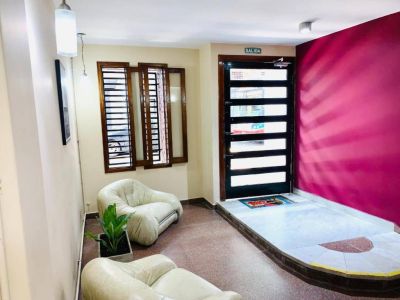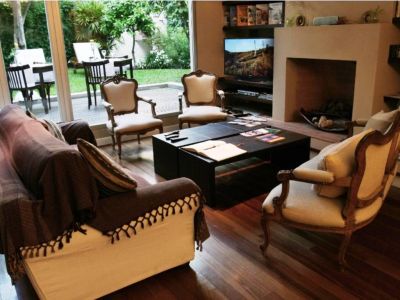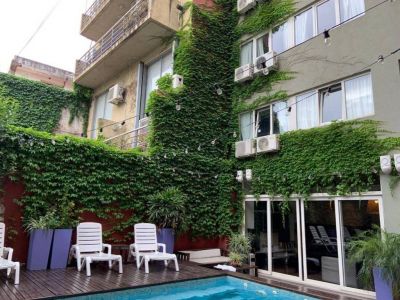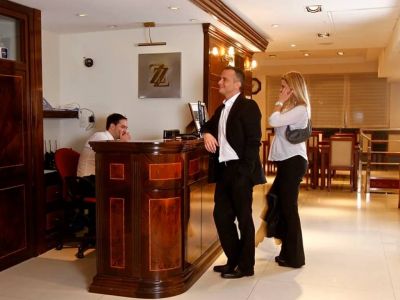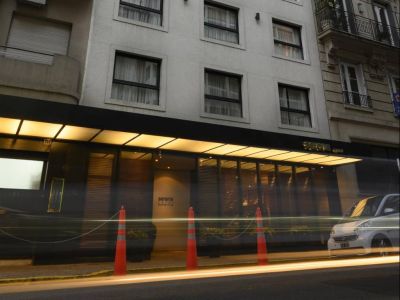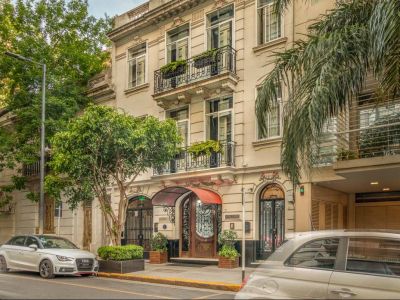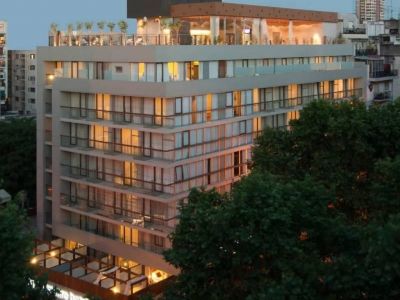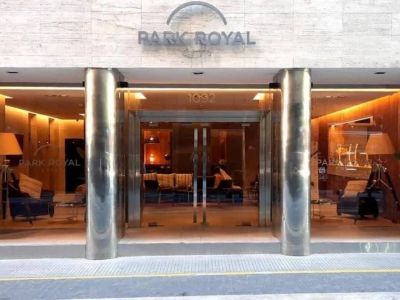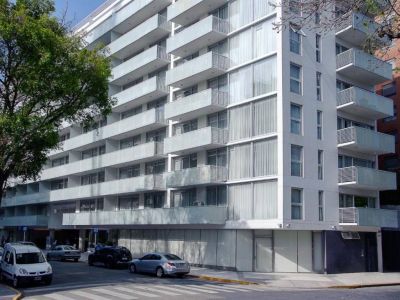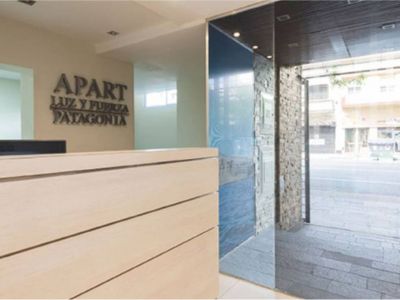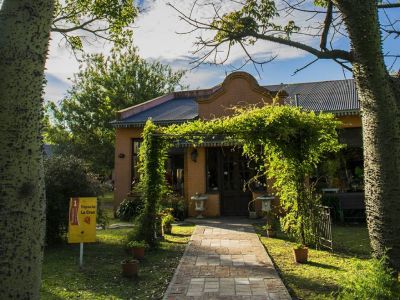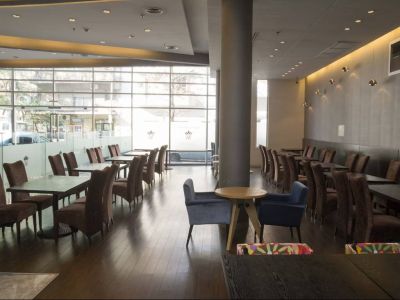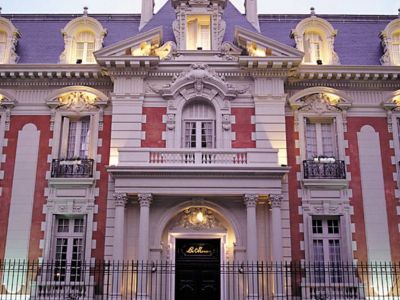Thank you, Peña - We owe you
San Telmo is not another neighborhood. There are people who speak about the Republic of San Telmo, as if this was a country of its own inside Argentina.
And on Sundays, it dresses up. Its core is the Market of Antiques, which for the last 35 years has been making an appointment with visitors at Dorrego Square, between Defensa and Humberto 1° Streets, every Sunday from 10am to 5pm.
Architect José María Peña was its creator and it has been thanks to this character from Buenos Aires that San Telmo has remained standing just like we see it today to keep enjoying it. His inexhaustible efforts to keep the past alive facing the mediocrity of modernism deserve him well the title of distinguished citizen of the City, something the Buenos Aires legislature has owed him for quite a while.
Market of San Telmo
A Little Bit of History
During the times of the colony, this place was a mandatory stop for the carts loaded with goods arriving from the provinces and the port of Buenos Aires, which was then located in La Boca neighborhood, before they continued their journey onto the Market Square, today the Mayo Square. It used to be known by the name “Altos de San Pedro” (San Pedro Stop) or “Ex-Mercado de Carretas” (Former Carts Market)
It was around 1900 when it was called with the name it bears at present: “Dorrego”.
A century before, the place had been the setting for the porteño support meeting to Independence, declared in 1816 in the City of San Miguel de Tucumán. And it is due to this significant event that the square was declared historical site in 1978, the same year when Soccer World Championship was held in Argentina.
But It Is on Sundays
The entire neighborhood gests ready and makes plans for Sundays, when the square gets dressed in market clothes, in tango, in colors and antiques, characters, passions, youth and nostalgia.
The cafés, their tables and chairs, their colors and elegantly dressed waiters contribute with their color to our journey back in time.
And there is María del Carmen, known by everyone as “María” or the “Coffee Lady”. She has sold coffee both to stall tenders and tourists for over 30 years. She knows routine does not exist here. Every Sunday is different, just like every cup of coffee is.
Everything is assembled little by little. But the stall tenders need to be fast enough in order to get everything ready before the visitors arrive. Each tender checks on their stuff so that their stall looks prettier than the next. This is healthy competition, as if they were colleagues.
And tango percolates through every corner of the square, or on each polished cobble of the ancient Defensa Street, along which more than ten thosand tourists, both local and foreign, walk every weekend.
Its Street Artists
The street artists are another market attraction. There are lots of them, and for all tastes: mimes, actors dressed as immigrants or period characters, tango artists, malevas and guapos del '900 and even some who, playing themselves, awake the passer-bys' curiosity.
Guillermo is a professional of puppets and has discovered an ideal character to talk about the neighborhood, the old times and tango. His character is called “the Drunkard” and it is applauded by both grown-ups and children, who literally stand on Defensa Street to appreciate his art.
Manuel, instead, does not seem to have the gift of dominating marionettes. We could say he is a chatterbox. Accompanied by his two parrots and by a beautiful barrel organ, our friend is in charge of keeping an attraction that has captivated several generations and continues to do so.
Javier and Claudia dance for the public. They halt traffic and show off the tango steps. The tango and the milonga are another great attraction tourists wish to see. The “cap”, which acts as a donation container, is a clear proof of how good these artists are.
At eleven o'clock in the morning, the square is crammed with visitors. Getting lost in time and the crowd is quite tempting.
The Older, The Dearer
Doors, antiques, old lamps, old clocks that have never been used, radios, white and black television sets, photo cameras, flags, soda siphons, mates, mirrors, old toys that made several generations happy, gramophone records, record players and old phonographs, some accordion, glassware and silverware from the early 1900s, carpets, mantillas and old bride dresses. Everything goes.
Portraits of Gardel and Evita stick out from almost every stall. Tango lyrics or old photographs from the beginnings of the twentieth century catch everybody's attention. Also, the dishes and cluttery from those days, the ones used by grandmas or great-grandfathers.Unlike what happens in the world today, here the motto is: the older, the dearer.
If the cobbles get dirty during the days of the week, tourists polish them well and impregnate them with their voices as they visit the market at weekends. Dialects from all over the world are heard and foreign accents stand out in a simple neutral Spanish as they say “¿Cuánto vale?” (How much is this?), once and again.
Mate circulates at a frantic rhythm. It is prepared by the stall tenders for tourists to taste it. At first, they think it is a spiritous infussion. It certainly is…
The smell of coffee, chocolate, pastelitos and homemade jams or bread stuffed with cheese, ham and vegetables are the culinary local attractions. Especially at sunset.
Sunset, the Beginning of Good-bye
The afternoon opens the door for beer and a snack with friends and some strong apéritif to anticipate dinner.
La Cantora is one of the 270 stalls that every Sunday get ready for the big audience. Edmundo and his daughter Silvia invite passer-bys to listen to the sounds from the past. Every radio in the stall is a mandatory journey back to the first days of this invention. A real museum in the open air.
Sunset foretells the end of Sunday. Tourists begin to leave as the tenders dismantle and keep their time machines. Once it is dark, a streetlamp illuminates a now desert street. In one corner of the square, some color light bulbs announce that there will be milonga at ten in the evening. Another chance to travel back in time and, who knows, maybe keep on dreaming about next Sunday.
Pablo Etchevers
Pablo Etchevers
Contact of the excursion or tour
De La Ciudad
Adolfo Alsina 412, Ciudad de Buenos Aires, Ciudad de Buenos Aires, Agentina
Phone: +54 11-43319855
